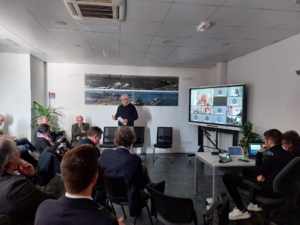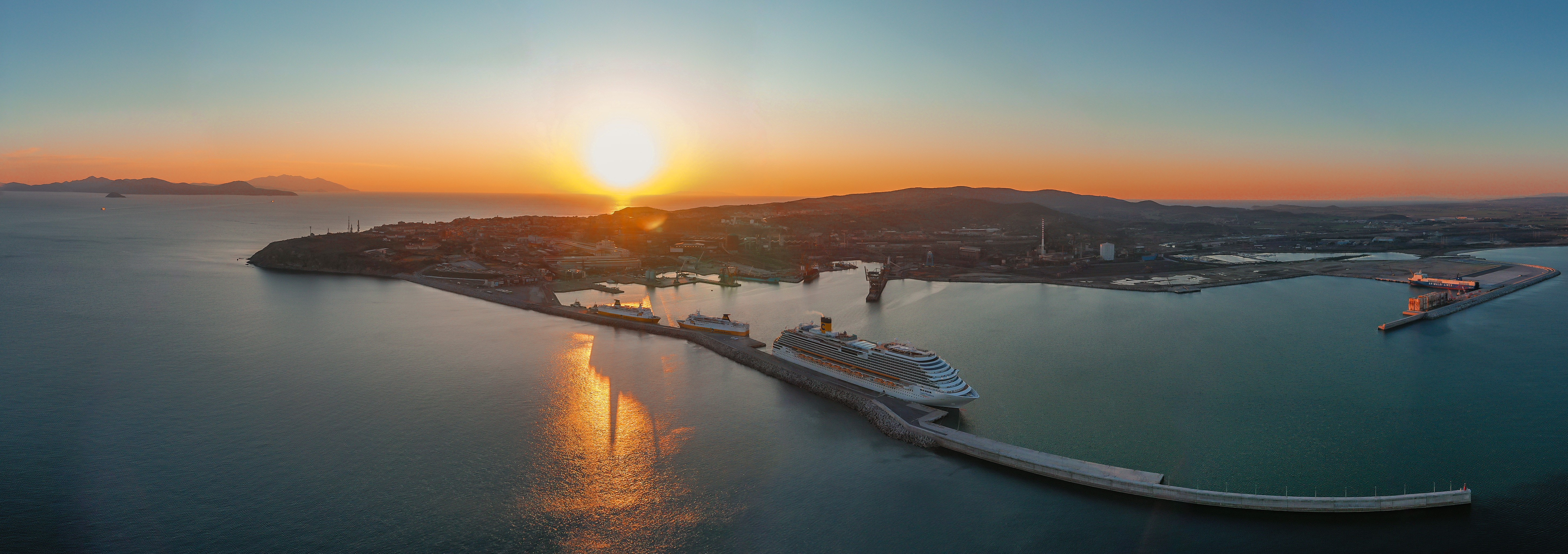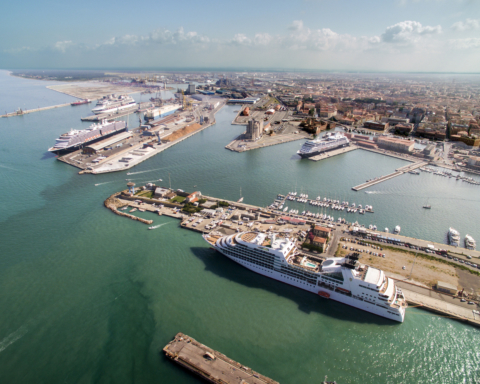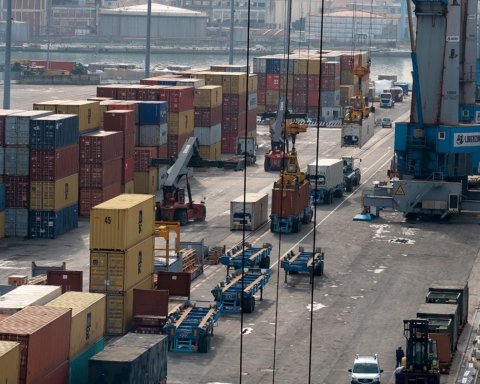2023 is looking good for the ports of Piombino and Portoferraio. They expect to seize new development opportunities from cruise traffic, thanks to the demand being back to historical levels after the difficult Pandemic years.
From April to the first half of November, 102 ships are due to call at the two cruise ports. At least 43 thousand cruise passengers are expected. In the port of Piombino alone, there are 12 calls scheduled between May 16th and October 17th, three more than last year, while in Portoferraio, during a season that starts on 13th April and ends on 9th November, 90 berths are scheduled, five more than in 2022.
These figures show the cruise market is growing. They represent a springboard for planning the work that institutions and operators will have to do over the next few years to make the area even more attractive and improve the quality of services on offer.
The route to follow to attract new ships and passengers was mapped out by Risposte Turismo in a study presented this morning in Piombino in front of the Port Authority’s top management and sector stakeholders.
The report presented by the consulting firm’s president, Francesco di Cesare, and director, Anthony La Salandra, highlighted that the key priorities in the Piombino port of call are increasing the number of companies and cruise passengers the port caters for, consolidating its new traffic volumes and relations with shipowners, and differentiating the services offered to tourists locally and the types of excursions in the area.
While the Elban port should focus – on the one hand – on maintaining existing traffic and the quality of tourist reception , and – on the other – on a more homogeneous distribution of arrivals and departures (insisting on weekdays), as well as a deseasonalization of tourism towards the off-peak months, particularly between mid-May and mid-June and in September.
The challenge for ferry traffic, which has been constant and well-established for many years in both ports – with over 3 million passengers annually – lies in enhancing what is offered to tourists at regional level in the off-peak seasons and, at the same time, maintaining traffic and, if possible, improving customer satisfaction.
In addition, the synergies that the Port Authority will be able set in motion in the area, with all the stakeholders in the industry (from institutions to tourist operators), will be fundamental.
In a double survey carried out between October and November, involving 400 tourist operators from Piombino and the same number from Elba in the hospitality sector, it emerged that improving the road network and public links between the historic centre and the port and local tourist attractions are the strategic priorities that need to be pursued.
In Portoferraio, managing to extend the tourist season is equally crucial (with 44% of operators already committed to this, plus 39% of operators willing to work on it). In Piombino, on the other hand, there is a need to strengthen promotional-communication strategies for more effective marketing of the local area. One of the main targets such collaborations should aim at is to increase guest satisfaction (82%), also by trying to encourage them to stay longer, increasing their time spent in the area.
However, all operators said they were in favour of collaborating with the North Tyrrhenian Port Network Authority on tourist hospitality projects. Over half of those interviewed even said they were ready to get directly involved in collaborations through offering products or services at reduced or free rates.
The report also focuses on two crucial issues for passenger traffic and the improvement of the quality of tourist reception in the two ports. The first concerns the evaluation of the awarding of the concession for passenger reception and handling services; the main suggestion is to start the procedures as soon as possible, so as to hopefully complete the tender in 2023 and start the concessionaire’s operations from the 2024 season.
The second issue concerns accessibility and the road network, and the need to find a solution to the problems of congested road traffic and very long waiting times for boarding. From this point of view, the completion of the 2nd lot of Road 398 is of strategic importance.
The report ends with the definition of a short and medium-long term action plan to be developed through six targeted actions.
The main areas of intervention in the short to medium term involve individuating stakeholders and actions to improve tourist reception in the two ports. However, the real change of pace will have to be in reorganizing port areas and in improving services offered at the passenger facility and in the areas used for welcoming tourists and providing them with information, in having local operators take part in training courses aimed at improving the preparation of those who work directly with cruise passengers and ferry passengers, in marketing the local area, and in starting a dialogue with stakeholders outside the area (including ferry companies).
“‘The path that we have suggested is ambitious and challenging, but feasible,” said Francesco di Cesare during the presentation of the study. He added that “’we will need to devote constant attention to the various aspects, with the participation and involvement of professionals working in different spheres in the local area.”
Mr. Di Cesare pointed out that throughout the process of developing the report, everyone had shown interest, willingness, and a desire to bring about a change of pace in the two ports and the areas which they offer access to: “With initiatives ranging from information to promotion, together with some major commitments in terms of facilities and infrastructure, it will be possible to achieve better results both in attracting tourists and in the level of visitor satisfaction.”
According to the president of the Port Network Authority, Luciano Guerrieri, Risposte Turismo’s study has promoted a particular approach to the topic, one that is entirely focused on the local area, highlighting the need for a team effort that has to involve a considerable number of stakeholders. “We have been invited by Risposte Turismo to work together on the qualitative and quantitative improvement of our ports’ capacity to attract passengers,” he said, pointing out how the North Tyrrhenian Port Network is already a very important reality: “In 2022, our ports handled 9.5 million passengers. There are not many set ups that can boast similar results.”
These figures are potentially set to rise in the future. This is partly due to the numerous infrastructure investments promoted by the Port Network Authority as part of its three-year infrastructure investment program. “In Piombino we have an important project to redevelop the passenger facility, while in Portoferraio we hope, as early as this year, to be able to put the contract for the renovation of the former Cromofilm premises out to tender ” Mr. Guerrieri added.
“Today marks the beginning of a participation and sharing process with the entire community in Piombino and Portoferraio. This is designed to improve the quality of what is on offer for tourists and the standards of passenger services. We have a lot of work ahead of us. Soon, with Risposte Turismo, we will also conduct a similar study on Livorno.” he concluded.

Translation by Giles Foster




